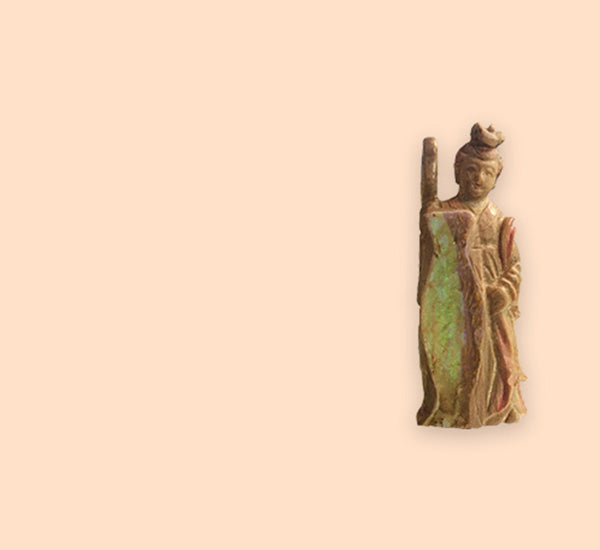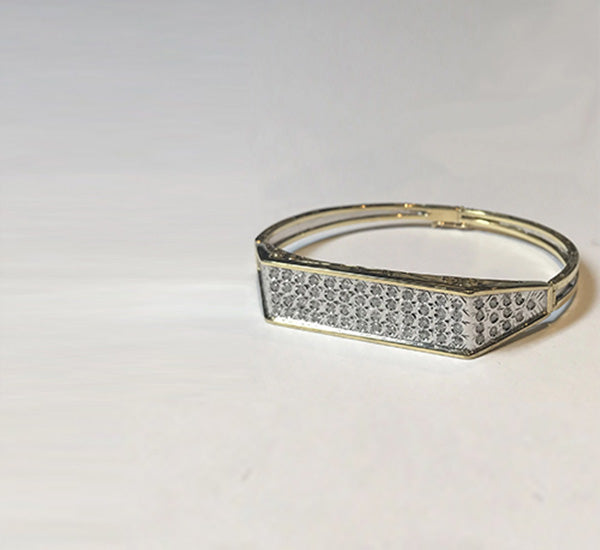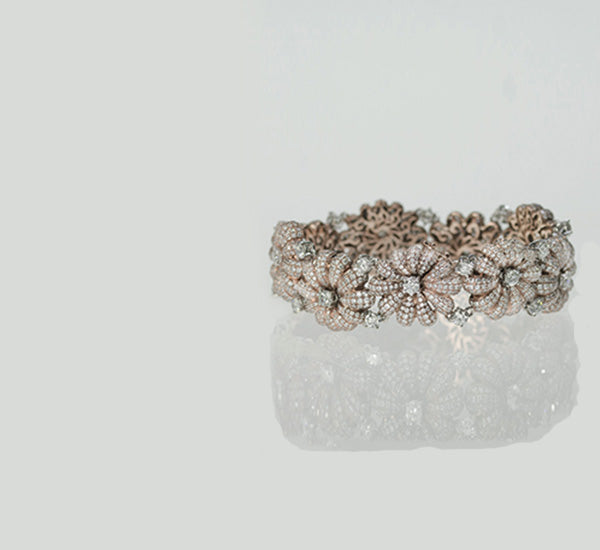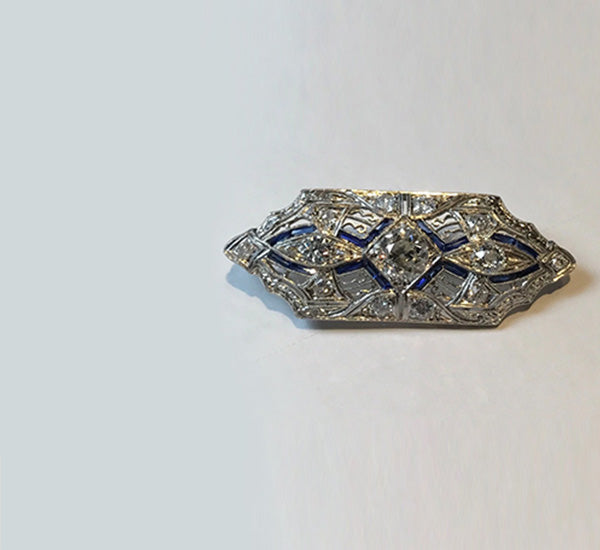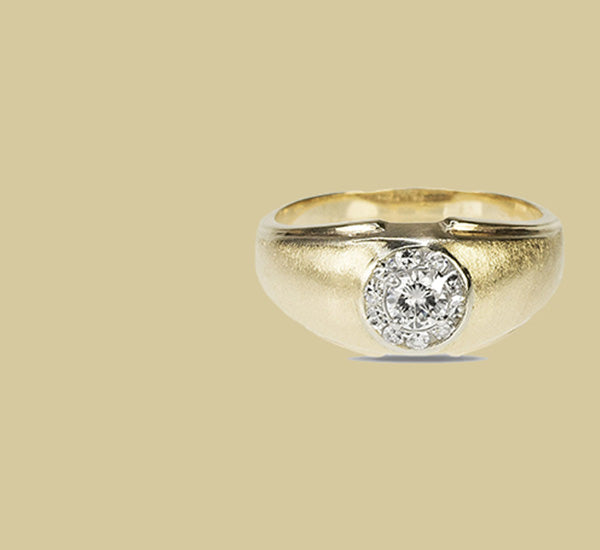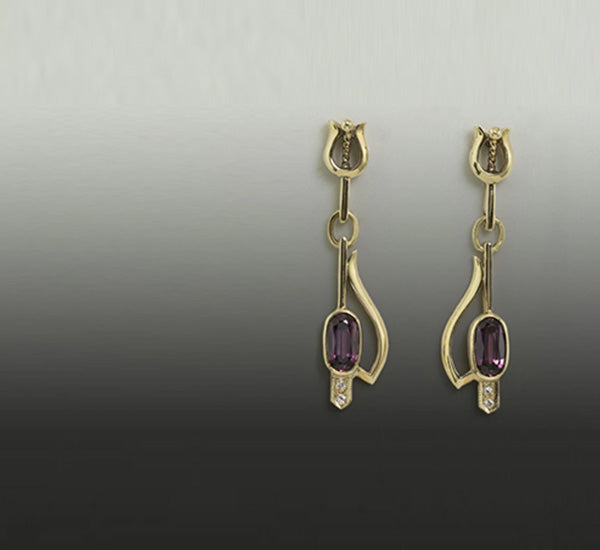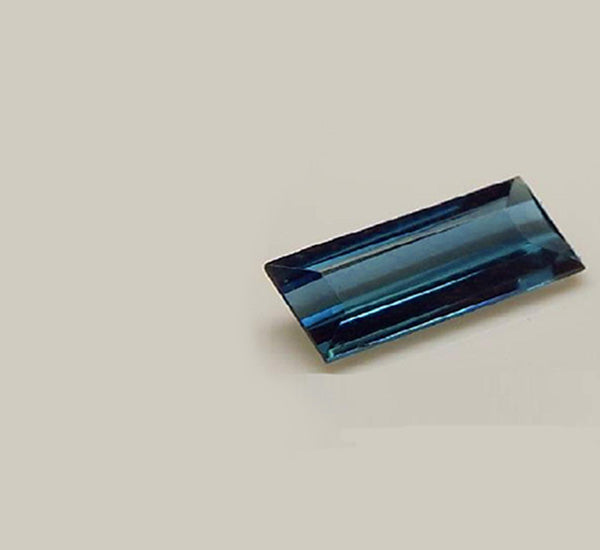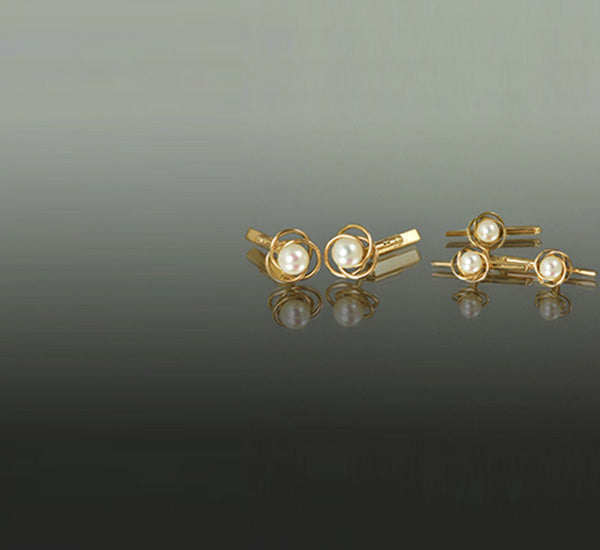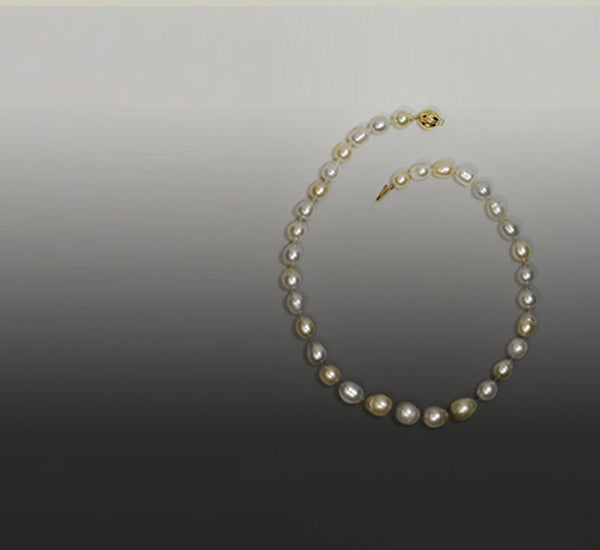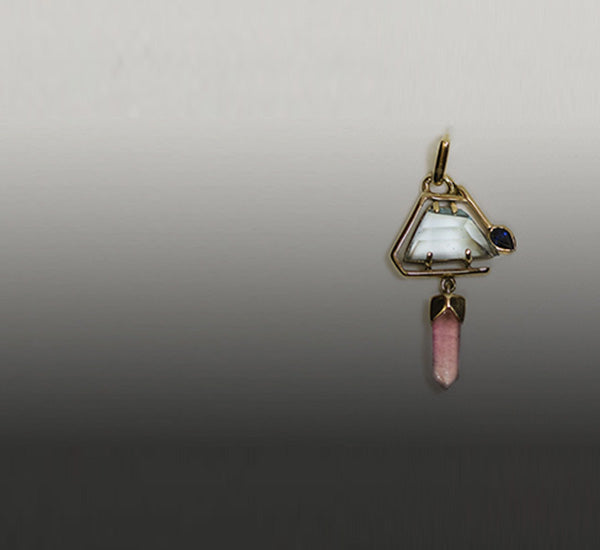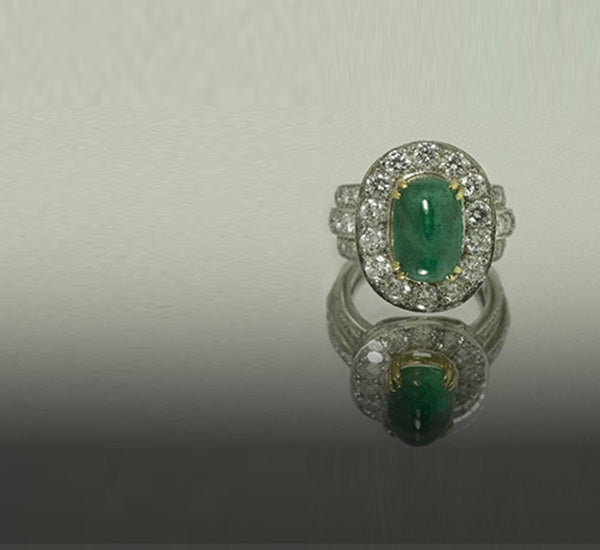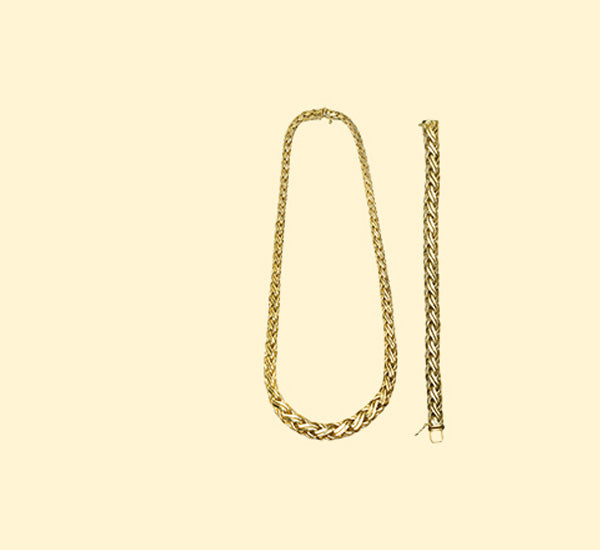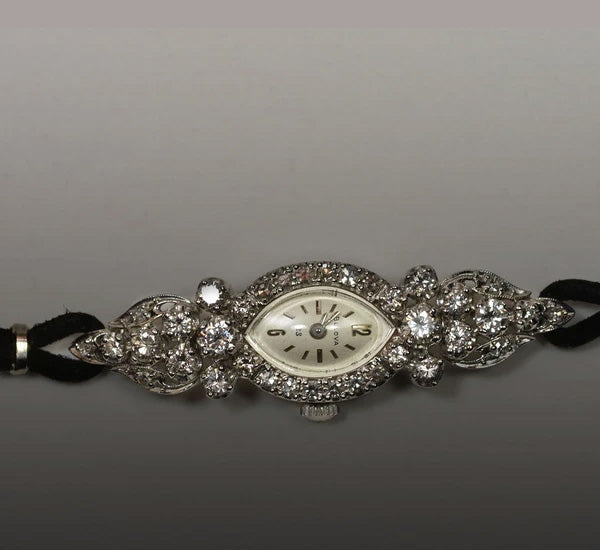
Engagement Ring Vs. Wedding Ring: What's The Difference?
Engagement and wedding ceremonies have long held prominent places in human cultures across the globe. Integral to these ceremonies are the symbols we cherish: the rings. However, there is a common dilemma for many - understanding the difference between an engagement ring and a wedding ring. If you have ever wondered about the nuances of an engagement ring vs. a wedding ring, this article will provide clarity.
Historical Background
The history of engagement rings can be traced back to ancient Rome. Brides-to-be were given two rings: one gold to wear in public and one iron to wear at home while doing household chores. The gold ring symbolized public acknowledgment of a union, while the iron ring represented domestic ties.
On the other hand, wedding rings have their roots in ancient Egypt. Archeologists have discovered rings made of various materials on mummies, symbolizing eternity, with the circle representing love with no end.
Symbolism and Design
- Engagement Rings: Engagement rings are typically more intricate in design than wedding rings. Their main feature is often a prominent gemstone, usually a diamond. They symbolize commitment and a promise of marriage. Over time, designs have evolved from simple bands to intricate settings, often reflecting the tastes and personalities of the wearers. From sapphire rings to emerald rings, the choices are vast, ensuring there's something for everyone.
- Wedding Rings: Wedding rings, in contrast, are usually simpler. They are often bands made of precious metals like gold, platinum, or silver. Traditionally, wedding rings do not have the elaborate gemstones seen in engagement rings. Instead, they symbolize an eternal circle of love and the commitment of marriage. However, it is not uncommon for modern couples to choose wedding bands with small diamonds or other gemstones set into them.
Time of Presentation
- Engagement Rings: They are typically given during the proposal or shortly after a couple decides to get married. The engagement ring serves as a physical manifestation of the intention to wed and the upcoming nuptial ceremonies.
- Wedding Rings: These are exchanged during the wedding ceremony itself. They seal the vows and promises the couple makes to one another on their special day, solidifying their union.
Customization and Personalization
- Engagement Rings: Engagement rings tend to have a broader scope for customization. From the choice of gemstones to the design of the band, the buyer can opt for personalized inscriptions, unique cuts, or bespoke designs to match the preferences or personality of their partner.
- Wedding Rings: While there's room for customization, wedding rings are traditionally more uniform, especially if they come as a matching set for both partners. Some couples do opt for inscriptions on the inside of the band, like the wedding date or a personal message, but the external design is typically simpler.
Duration of Wear
- Engagement Rings: Once the wedding ceremony is over, some individuals choose not to wear their engagement rings daily. Given their often intricate and sometimes delicate design, they might be worn on special occasions or combined with other jewelry.
- Wedding Rings: Being a symbol of the marital bond, wedding rings are typically worn every day. Their design is often more durable and suited for daily wear, reflecting the perpetual nature of the marital commitment.
Cultural and Regional Variations
- Engagement Rings: In many Western cultures, engagement rings predominantly feature diamonds. However, the choice could vary across cultures. For instance, in some cultures, colored gemstones like sapphires or rubies might be more popular choices for engagement rings.
- Wedding Rings: The design and presentation of wedding rings can vary widely based on regional and cultural customs. In some cultures, it is common for wedding rings to be plain bands, while in others, they might feature intricate designs, specific symbols, or be made of particular materials significant to that culture.
Positioning and Stacking
-
Engagement Rings: Traditionally, once the wedding ring is added, the engagement ring is worn above it on the same finger. This means it is closer to the fingertips. The idea behind this is romantic in nature - it is said that the wedding ring should be closer to the heart, emphasizing its importance and the commitment it symbolizes.
-
Wedding Rings: This ring is typically worn closer to the base of the finger, beneath the engagement ring, once the latter is reintroduced post-wedding. Those who prefer a cleaner look might opt to wear only their wedding band daily and bring out the engagement ring for special occasions. However, many individuals choose to stack both rings together, displaying the journey from proposal to marriage.
Wearing the Rings
Post the wedding ceremony, both engagement and wedding rings are typically worn on the ring finger of the left hand in many Western cultures. The wedding ring usually goes on first, followed by the engagement ring. This tradition stems from the belief that the vein in the ring finger leads directly to the heart.
Choosing the Right Ring
When choosing an engagement ring, focus on its design and how it represents the promise of marriage. Given its ornamental nature, considering the type of gemstone, its cut, clarity, and overall design are crucial. Those looking to buy or understand more about gem-based rings can explore options like ruby rings or diamond rings.
For wedding rings, the emphasis should be on longevity and comfort since it is worn every day. The material of the band, its width, and any engravings or intricate designs should reflect the tastes of both individuals.
Cost Implications
Generally, engagement rings tend to be more expensive than wedding rings due to the size and quality of the gemstones they feature. It is customary in many cultures to spend a significant amount on the engagement ring, viewing it as a substantial initial investment in the journey of marriage.
In contrast, wedding rings, being simpler, are often less pricey. However, the cost can vary significantly based on the choice of material and any added gemstones.
The distinctions between an engagement ring and a wedding ring are clear in terms of their history, design, symbolism, and wear. While both hold profound significance in the journey of love and commitment, understanding their differences helps make informed choices when selecting or purchasing. Whether you are stepping into the world of matrimony or simply exploring jewelry options like pendants or earrings, appreciating the nuances of these cherished symbols enhances their value in our lives.

